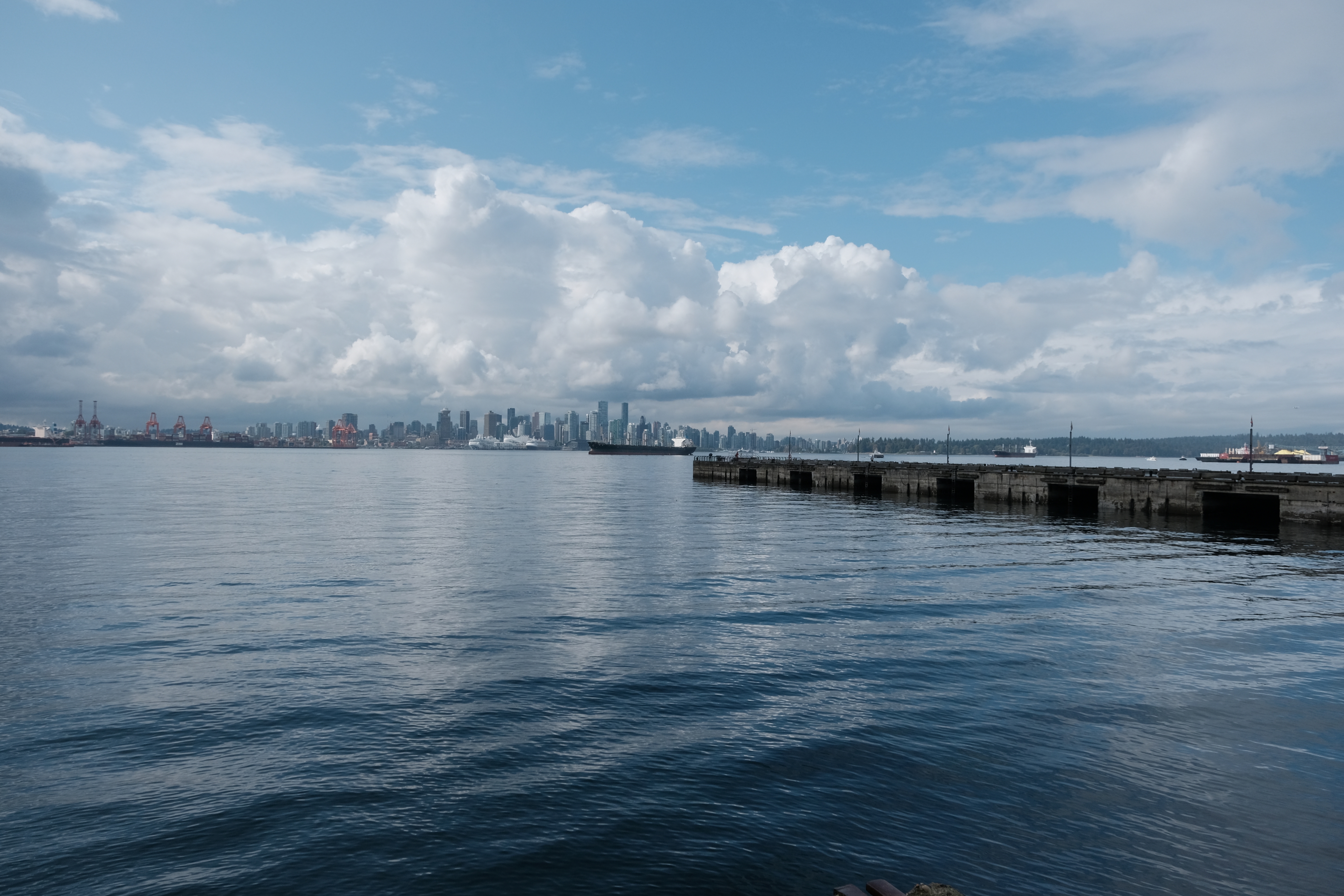When Fujifilm first announced the XF16-80mm f/4 R OIS WR, I was intrigued . With a 24-120mm equivalent zoom range this would be a very popular all-round lens. The current mid-range X Series zoom lenses are great, specifically the XF18-55mm f/2.8-4 and XF16-55mm f/2.8; but I always felt there needed to be a lens right in the middle in terms of price, specs and features. The XF18-55mm is well priced, light weight and compact; but the zoom range is limited, the image circle is too small for better OIS, and the lens isn’t weather sealed. The XF16-55mm f/2.8 is a high performance lens with professional optics, constant aperture and WR; but it’s big, heavy, expensive and lacks OIS.The new XF16-80mm has both optical image stabilization and weather sealing, it has a constant aperture, it has a wider zoom range than the other two lenses, and its size, weight and price lands right in between the other XF zoom lenses. Does this mean the new XF16-80mm lens is just ‘middle of the pack’ or is this a significant lens within the X Series ecosystem? Let’s find out.
Let’s start off by mentioning that I had a pre-production copy. Because of this, I can’t make any conclusive statements about its performance. However, I can say that my copy was optically sound, the zooming mechanism was smooth and well dampened, the focus was quick, accurate and quiet (similar to the Fujicron lenses), and distortion was very well controlled throughout the entire zoom range. The 6 stops of stabilization looked great with stills, a definite improvement over the XF18-55mm f/2.8-4, and seemed to work better as I zoomed out. This lens consists of 16 lens elements in 12 groups, very normal for lenses with this range, including three aspherical elements and one ED (extra low-dispersion) aspherical lens. The design of this lens allows for a minim focusing distance of 35cm, although I did find it appeared to focus slightly closer at wide angle. At 80mm (or 120mm equiv), you’re getting 1:4 macro, great for close up photography.
The XF16-80mm has a 72mm front filter thread, which matches the XF10-24mm f/4 and the XF50-140mm f/2.8, allowing you to share filters with these other zoom lenses. At 440g, the weight is also very similar to the XF10-24mm f/4. This lens is probably the heaviest lens you would want to carry around all day without it being too much of a burden on your neck or shoulder. I tested this lens on the X-H1, X-T3 and X-T30, and it balances nicely on all three bodies. In terms of functionally, the XF16-80mm works nicely on the X-T3 and X-T30 since neither of these bodies have In-body Image Stabilization; although the X-H1’s 5 stops of IBIS does work in conjunction with the 6 stops of OIS on the lens. Although I did not have an opportunity to test this lens on the popular X-T2, X-T20 or X-E3, I was informed that this new lens will perform competently on the last generation X Series bodies as well.
One of the things I wanted to test was the zoom range. Many Fujifilm photographers prefer prime lenses, stating better optical performance, faster and quieter focusing, smaller, lighter and so forth. These are all good reasons to shoot with prime lenses. However, there are times when zoom lenses can be very useful. Having the XF16-80mm lens allows us to go from ultra-wide to medium telephoto, and all the focal lengths in between. To be exact, we’re getting a 16, 18, 23, 27, 35, 50, 55, 60 and 80mm lens in a single unit. Yes the maximum aperture is f/4, where all the current primes are at least f/2.8 or faster; but the 9 blade circular aperture allow for very nice bokeh and decent shallow depth of field. I really like this lens at 80mm f/4, great for portraiture or product photography.
I’ve captured many pairs of images where I shot at 16mm and then 80mm, and other times in between, just to showcase the range of this lens. Some may feel this range is great for videographers, but it’s also good for general photography. Perhaps we’re a street photographer and we feel that our strongest focal lengths are between 18 to 35mm. This is true for many of us. However, having the extra pulling power will allow us to photograph in ways we’ve never considered. Saul Leiter, a colorist street photographer from the 1950s-60s, he often shot at unorthodox telephoto focal lengths for his street work, isolating and compressing his subjects into the background and foreground, creating a unique style. I tried this while out shooting on the street and I was pleasantly surprised with the results. This would also make a great travel lens, photographing wide open landscapes or cityscapes, and then zooming in to isolate specific elements. You could use the same lens to capture close-up images of flowers, people, food, cameras or whatever you want.

Product photo of GFX 50R + GF50mm F/3.5 with XF16-80mm at 80mm f/4. Very nice compression and shallow depth of field
As previously mentioned, I was curious how this lens performed at 80mm at f/4, especially for portraiture and close-up photography. I wanted to see if f/4 was shallow enough for portraiture, or would the XF 16-55mm f/2.8 perform better with the extra stop, even though it maxes out at 55mm. From my tests, I found I prefer the extra compression at 80mm versus the extra stop at f/2.8. I also decided to look at the characteristic of the out-of-focus area, the bokeh, and I have to say I like it. Although this was a pre-production lens, optically I was very surprised how linear the lens was at every major focal length, with distortion and light fall off kept to a minimum throughout the entire range. The colours and the contrast is also very nice on this zoom lens.
Although I can’t give my final conclusion on this lens, so far I am very impressed. If you currently have the XF18-55mm f/2.8-4, this new lens might be your new replacement, especially if you have a pro body. The XF16-80mm f/4 balances nicely on the X-H1 and X-T3, and having a weather sealed body and lens gives confidence when shooting in inclement weather. If you have the X-T30, this lens visually is front heavy, but still balances well in terms of weight. Having 6 stops of stabilization is a plus for both videographers and photographers, as well has having a constant f/4 aperture throughout the range. Optically this lens’ MTF chart sits right in the middle between the XF 18-55mm f/2.8-4 and XF 16-55mm f/2.8, but I found this lens performed closer to the professional XF16-55mm f/2.8. If you are primarily a prime lens photographer and were considering owning one zoom lens for those situations where you might need one, the XF16-80mm f/4 lens might be the right lens for you. Wait for my production review coming soon. Thanks for reading and happy shooting.


































